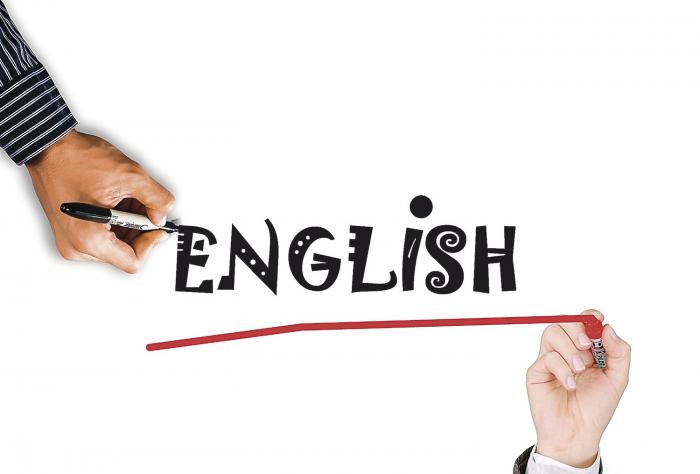Have to post. This actually just occurred to me.
- By : James Bryson
- Category : "JB", Editorial Contribution, Human Interest, Infrastructure, Local Culture

Perhaps, being an ex-pat and living here has made me obtuse over the years to something that is very clear. Panamanians as a WHOLE, do not speak English very well. (if at all). We have travelled to Mexico, Costa Rica, Dominican Republic to name a few. All have in general held a better grasp of speaking English than what we have experienced in Panama.
For the sixth consecutive year, Panama once again ranked as one of the countries with the “lowest” English language proficiency in the world.
The indices did not favor the isthmus, which came in position 75 out of 111 countries analyzed in the ranking of Education First (EF), an international language teaching company abroad, which used data from 2.1 million participants, to based on the results of the EF Standard English Test.
From a rating scale of 800 points, Panama obtained a score of 482. This, however, represents an improvement of seven points, compared to the previous year, when it scored 475.
According to EF, Panama is among the Latin American states that continued to improve their level of English this year and raised their scores.
At the regional level, Argentina, Costa Rica, Cuba, Paraguay and Bolivia ranked as the countries with the highest command of the English language.
In Europe, the level of English continues to grow by an average of six points each year, making it the region with the greatest improvement since 2011. This year the Netherlands ranked number one in the world with the best command of English, followed by Austria , Norway, Denmark and Belgium.
At a high level of the English language were Ghana, Uganda and Tunisia.
gender gap
The gender and generation gap prevailed in almost all the countries studied. EF explained that over the last decade there has been a steady increase in the level of English among men compared to that of women, which has remained stable. Last year, men surpassed women globally for the first time. This year, the gap has become even more apparent, as men’s English proficiency has increased and women’s has slightly decreased.
This trend. according to EF, it appears to stem from biased education systems or discriminatory access to education.
Generational gap
The EF found that since 2015, the year in which data by age began to be collected, the level of English has increased considerably in people over 25 years of age.
However, a second, less optimistic trend by age was detected, which is that the level of English among people between the ages of 21 and 25 has not changed since 2015, and even decreases in the younger group.
For the EF, “proper language learning requires both practice time and class time” for people between 21 and 25 years old.
He explained that remote classes, social distancing, masks and their associated difficulty in communicating, and the inability to travel have hit this group especially hard, who still have to see if their level of English picks up when they submerge again. in normal.
“An inevitable part of the solution is to improve how English is taught in schools. Specifically, many countries need more teachers who speak English well and strategies to attract them to schools in rural or low-income areas,” EF urged.



No Comments